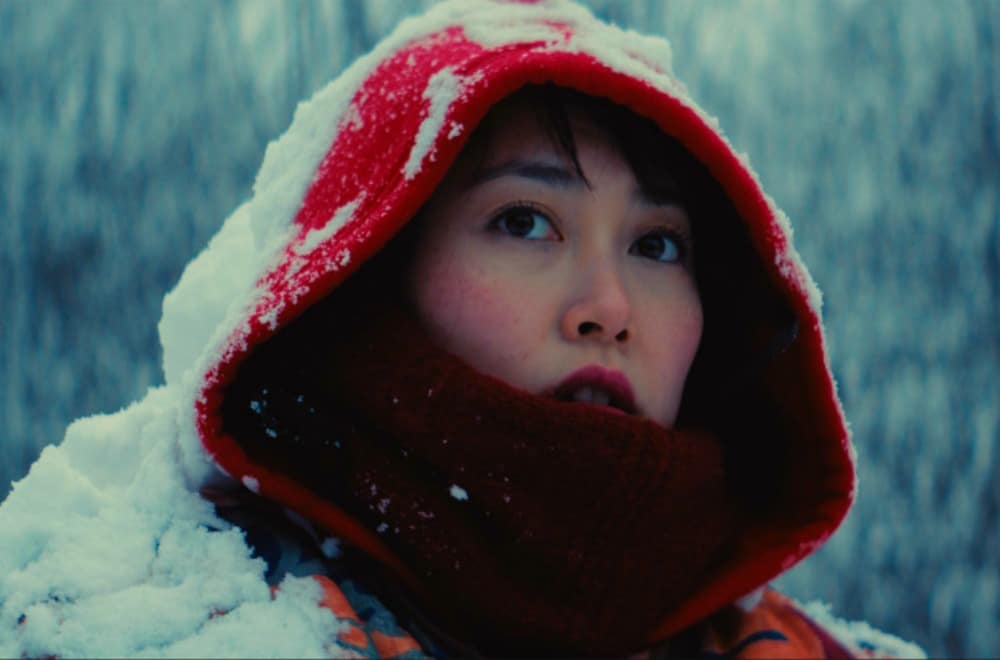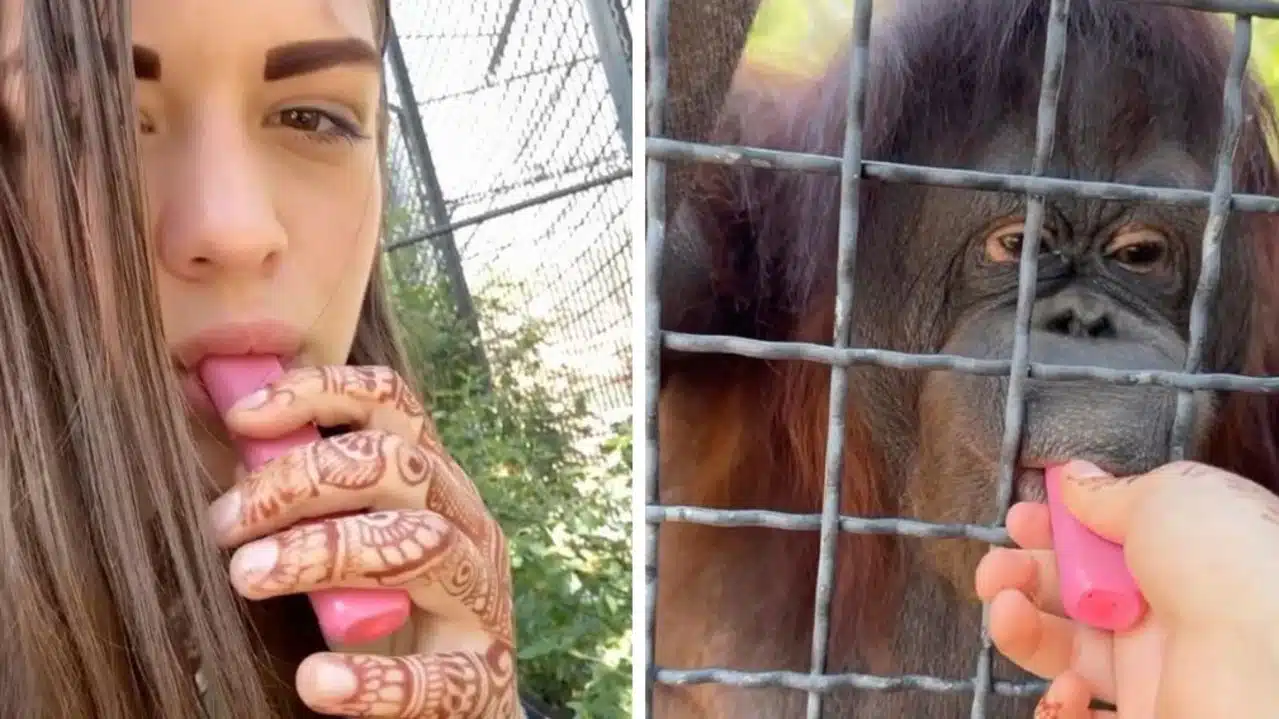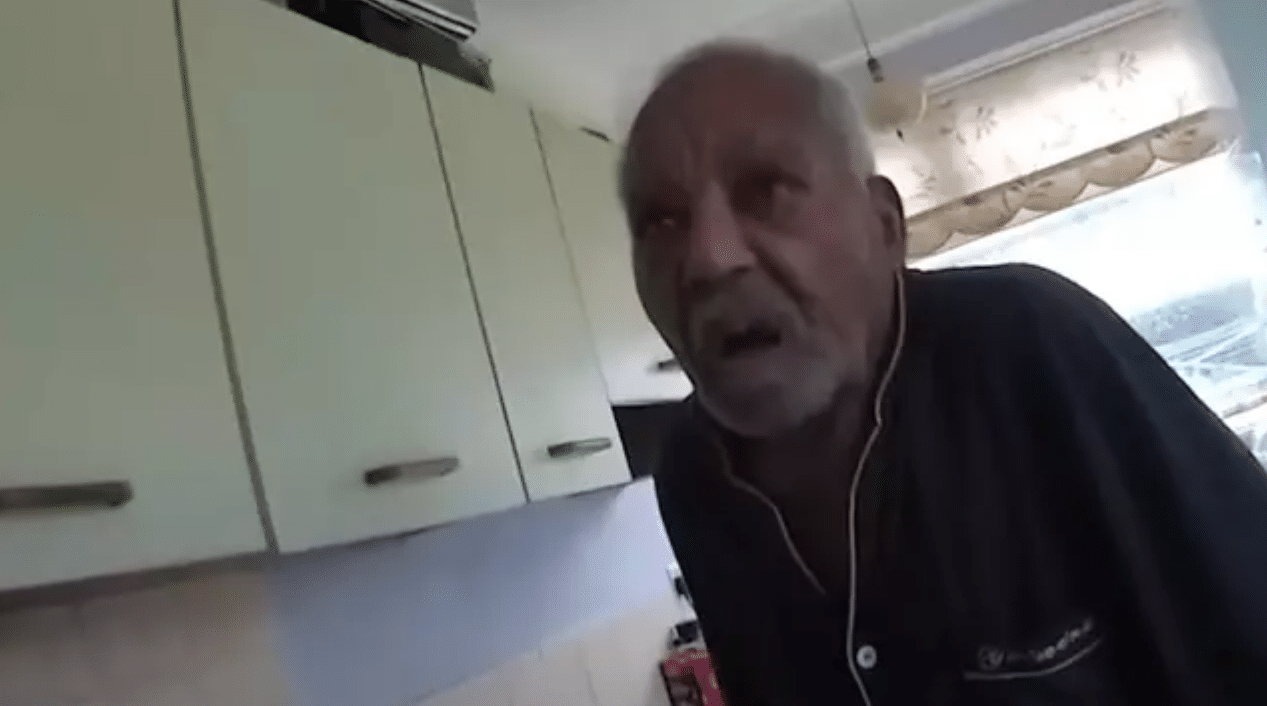The events depicted in this film took place in Minnesota in 1987. At the request of the survivors, the names have been changed. Out of respect for the dead, the rest has been told exactly as it occurred.
If you recognise the above, you’ve probably seen the Fargo film, the television series, or both.
Series two is being shown on Channel 4 at the moment and things are really hotting up as the North Dakota gang war escalates and the fate of pretty much every cast member hangs in the balance. And according to Kirsten Dunst, things aren’t going to morph into a light hearted Disney flick any time soon:
It all starts to get a little ugly…The material I’m working off, you can’t really shake off.
But of course, that’s what viewers want from Fargo. We don’t want a bunch of people eating a roast around the dinner table playing happy families; we want to see the blood curdling, nail biting action Fargo’s famed for — wood chippers, meat mincers, demonic dentists and all that other messed up stuff.
So, back to the statement at the very beginning: in 1996 when the original movie hit the screens, the Coen Brothers confirmed that the story itself is not true; however, it may very well have been inspired by a collection of bizarre crimes and misadventures.
In 2013, the Fargo TV series starring Martin Freeman and Billy Bob Thornton hit our screens — and it was equally as odd as the film, if not more so.
But between these two fictional offerings, a true story emerged — one in some way inspired by the original Fargo film – the story of a young Japanese girl by the name of Takako Konishi.
Featured Image VIA

Image VIA
Takako Konishi left Tokyo and embarked on a journey to North Dakota. Once on US soil, she went to Bismarck, the state capital, and began asking people (in broken English) to take a look at a map she had made herself. Eventually, a few polite Midwesterners asked the local police to assist the young girl.
After some time, one of the local officers, who knew Fargo (the film) well, decided that she was actually in pursuit of the money buried by Steve Buscemi in the 1996 movie. The cops tried to warn the young girl of the harsh landscape in which she wanted to roam, while advising her that the Fargo film was fictional and there was no money buried out in the snow. Due to the ongoing language barrier, Takako was unable to grasp the gist of the conversation, so she left without resolution. Days later she was found dead.
Soon after Takako was discovered, the story hit the media; newspapers and news broadcasts told the tale of a trendy young girl from Tokyo who perished on a quixotic quest to uncover the mythical Fargo treasure buried out in the North Dakota wilderness. The story raised a few eyebrows before being quickly forgotten by the locals.
The sad twist is that three weeks later her parents found Takako’s suicide note in the mail. It turns out that the poor girl was never in pursuit of the Fargo jackpot and actually went to North Dakota in search of a man who had broken her heart and left her sad and alone. Due to the language barrier, Takako was completely misunderstood by the locals and in the end, she was swallowed up by her emotions and the unforgiving North Dakota wilderness.
Although this macabre story didn’t actually inspire the Fargo television series, it just goes to show how powerful film and television programmes can be – and that sometimes, life really can be stranger than fiction.















